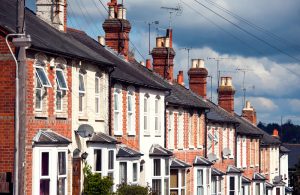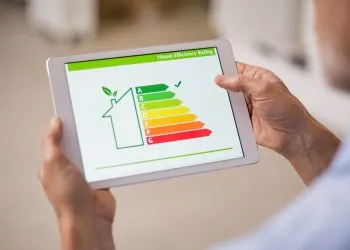The value of a typical home in the UK has soared by 20% in two years, with prices rising by 12.6% in the last year alone.
 This is according to the latest Nationwide House Price Index which showed increases in the average house price of 1.7% between January and February.
This is according to the latest Nationwide House Price Index which showed increases in the average house price of 1.7% between January and February.
It means the average property in the UK is now £260,000 – following an average annual increase of £29,162 over the last year. This, said Nationwide, was the largest ever annual rise in cash terms since the start of the index in 1991.
Robert Gardner, chief economist at Nationwide, explained how prices had increased by 20% – or £44,138 – since February 2020, just before the pandemic began in the UK.
And he said it was the high demand and limited supply of homes on the market which had kept prices inflated.
He added: “The continued buoyancy of the housing market is a little surprising, given the mounting pressure on household budgets from rising inflation, which reached a 30-year high of 5.5% in January, and since borrowing costs have started to move up from all-time lows in recent months.
“The strength is particularly noteworthy since the squeeze on household incomes has led to a significant weakening of consumer confidence.
“Indeed, consumers’ view of the general economic outlook and prospects for their own financial circumstances over the next 12 months have plunged towards levels prevailing at the start of the pandemic.”
The outlook
Opinion is split over the chances of prices continuing in the same upward direction.
Nicky Stevenson, managing director at national estate agent group Fine & Country, said these ‘heady gains’ were likely to continue unless there was a flood of new listings.
“Spring is traditionally a busy time for agents, and while some expect a bonanza of new listings, for the time being the cupboard remains bare,” she added.
“This is a remarkable bull run and the prospect of any house price correction seems rather remote for the time being.”
Meanwhile, Sarah Coles, senior personal finance analyst, at Hargreaves Lansdown, was sceptical this could continue.
“The rise reflects the increase in mortgage approvals in January announced by the Bank of England yesterday, which is feeding through into more borrowing in February,” she explained.
“It means buyers continued to throng to the market, and were willing to pay ever-higher prices for the dwindling number of properties for sale.
“However, in some cases, buyers were taking advantage of a small window of opportunity. The average new mortgage cost no more in January than it did in February, so they saw the chance to snap up a cheap mortgage before interest rates were hiked again.
“As February’s rate rise feeds through into new mortgages, we could see demand slow.”














